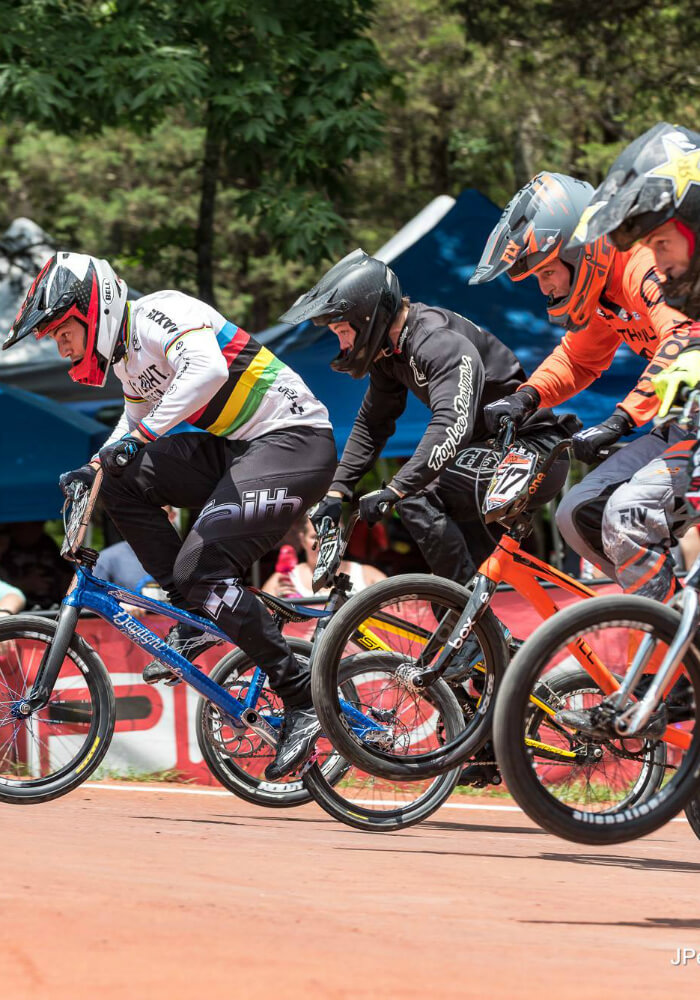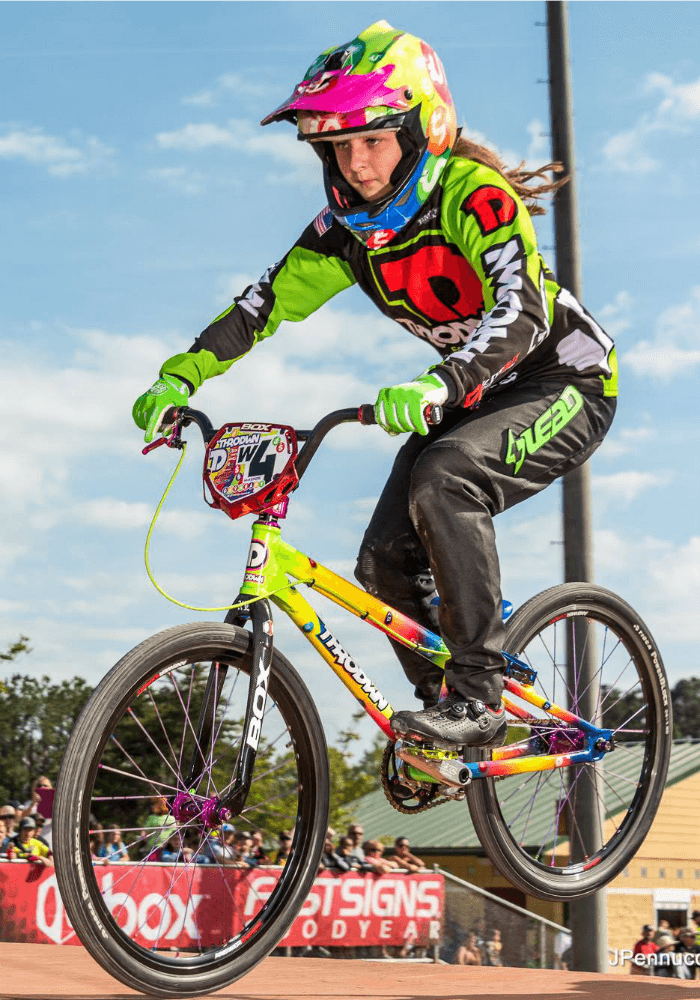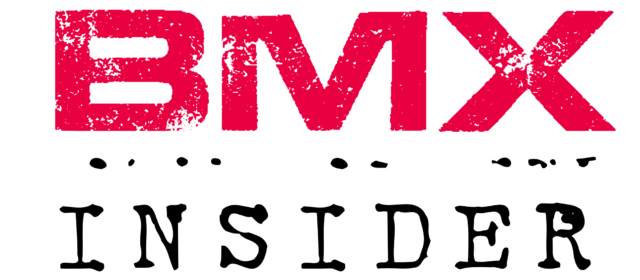If you’re new to the sport of BMX, it may seem like everyone at the track is speaking a different language. These are the basic BMX terms you need to know if you’re new to the sport.

If you are new to the sport of BMX and have been reading up on the basics of BMX you might be confused by some of the terminology.
BMX racing has a distinct vocabulary that may seem confusing at first. But once you understand a few of the basic terms, you’ll have a much better grasp on the sport.
We put together a list of basic BMX terms that will give you a better understanding of what everyone is talking about when they say, “Good luck in your moto!”
See Also:
BMX Race Terms
EXPERT: Highest level of amateur competition.
INTERMEDIATE (aka INTER): Skill level of riders with limited experience and ability.
MAIN EVENT: Final class race, after all qualifying has taken place.
MOTO: A single racing heat.
MOTO BOARD: The area where the moto sheets are posted prior to the race.
MOTO NUMBER: Number corresponding with any specific race.
MOTO SHEET: A printed sheet listing the riders and motos for the race day. Motos are numbered chronologically and is the order the races will be called.
NOVICE: The classification of a new/beginner rider to the sport.
QUALIFIER/QUALIFYING: Races that determine which riders in each class will race in the final, main even race.
TOTAL POINTS: A method of scoring when all the points earned in each race are added up to determine the overall race score. The total points system is usually used when there are three riders in a moto. See more about race qualifying, scoring and points here.
TRANSFER RACE: A way to qualify riders who will compete in the main event. The number of riders that will qualify in each race will depend on the total number of riders in the class. See more about race qualifying, scoring and points here.

BMX Track Terms
BERM: An embankment on a track built up on the outside of a turn to create a banked curve.
DOUBLE: A jump where two hills are placed close together.
HOLE SHOT: Taking the lead position out of the starting gate and going into the first turn.
ROLLER: An obstacle on a track that is rolled over as opposed to being jumped.
RHYTHM SECTION: A series of jumps back to back on a track that pose as an obstacle.
SNAKE: A cut in front of someone else suddenly, disturbing their run or causing them to fall.
STAGING AREA: The area where the riders gather for loading into the gate.
STARTING GATE: Flat formed area with a hinged portion, where each race begins.
TABLE TOP: A jump on a track that is completely flat all the way across it from the takeoff to landing.

BMX Bike Terms
AXLE: The shaft on which the wheel revolves.
BOTTOM BRACKET: The mechanism at the bottom of the bicycle frame, which holds the spindle and cranks.
BRAKE LEVER: A lever mounted on the handlebars used for activating the brake by pulling a cable.
BRAKE SHOE: A rubber pad, which stops the bike by pressing on the rims, creating friction.
CABLES: Steel wires braided into cables and used to connect the brake levers to the brakes.
CHAIN: The part of a bicycle which runs around the sprocket and freewheel.
CHAIN STAY: The part of the bicycle frame that runs parallel to the chain.
CHAIN WHEEL: A one-piece front gear. It is attached to the bottom bracket and crank.
CRANK: The metal arm to which the pedals are attached.
CRUISER: A bicycle with 24-inch wheel diameter.
DOWN TUBE: The part of the bicycle frame which slants downward at an angle. It connects the head tube to the bottom bracket.
FORK: The double pronged section of the bike, which holds the front wheel.
FREEWHEEL: A one-piece rear gear that allows the rider to back pedal. Bearings are built in.

GRIPS: Rubber or plastic covers that go on the handle bars at the end to aid in grip.
GYRO: A device that enables you to spin the handlebars without brake cable interference.
HEADSET: Bearing set for which your front end rotates and your fork/handle bars slide into.
HEAD TUBE: A short vertical tube at the very front of the bike. The front fork fits inside the head tube.
HUB: Cylinder, which holds the axle of each wheel.
RIMS: Round part of the wheel that the tires attach onto.
SEAT STAYS: Section of the frame, which runs from the seat tube to the rear wheel dropouts.
SEAT POST: The tube, which holds the seat and goes into the frame
STEM: The part connected to the forks that hold the handlebars.
STRIDER: A bike without pedals that used to train young children to ride a pedal bike.
TOP TUBE: The horizontal tube on a bicycle frame, between the head tube and seat tube.

BMX Stuff You Might Like
Related Content You Might Be Interested In
Looking for more? Check out all of the BMX Basics content on BMX-Insider.

